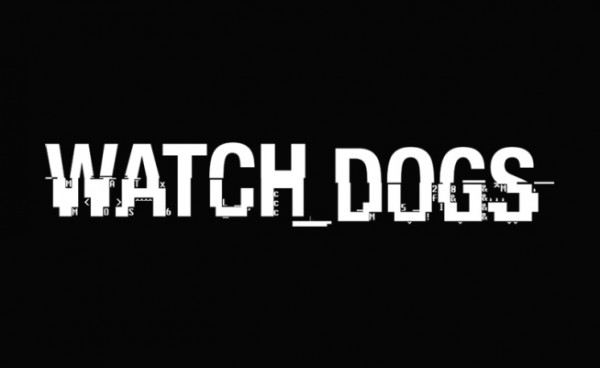 |
| Who Will Be Your Watch_Dog? |
At the end of Ubisoft’s E3 2012
Watch_Dogs Demo, we saw the game’s protagonist Aiden Pearce drive off after
completing his objective. Being pursued by a police helicopter with a spotlight
in the air and vehicles on the ground, he hacks a nearby drawbridge and causes
it to rise up. He then proceeds to jump the gap, preventing any police vehicles
from following. However, it is what happens briefly before his escape that has
the potential to be a groundbreaking experience for players.
 |
| You're Being Watched |
Pearce receives a “WARNING!
Intrusion detected” message on his mobile device. The same device we’ve seen
him use to control the city. This seemed to coincide with the arrival of the
police. Seconds later, the camera pulls out to reveal another man on a nearby
rooftop. The man’s name appeared over his head similar to how a teammate or
enemy’s name would appear in certain multiplayer games. The man’s tag was
“Bixxel_44”. Bixxel received his objective: “Track Pearce and protect him… at
least for now”. Bixxel_44 just became his “Watch
Dog” if you will.
 |
| Protect Pearce |
There are two things I’d like to
point out: First, the way the perspective switched from Pearce to Bixxel_44 is
an interesting way to transition from single player to multiplayer. Second,
Bixxel_44’s handler told him to track and protect “for now”. This opens up
several options for how the game could work. One that I thought would be
interesting is a city with an underground security organization or two that
tasks players with certain missions. Imagine different organizations set up
throughout the city that will pay you to collect information, track and protect
clients, plant viruses, etc.
The difference between
multiplayer and single player would depend on which missions you decide to take
and what decisions players make during the mission. For example, using lethal
force would lead to law enforcement getting involved which means Pearce would
need help to escape. The camera would zoom out to your multiplayer avatar and
you would receive your mission to protect him. Protecting him should be done in
a number of ways to provide the different players with different options.
Taking a non-lethal approach could lead to escaping by your own merits,
depending on the mission.
Single player missions would
obviously put you in the role of Aiden Pearce, but taking on any of the
contracts available in the city would put you in the role of the character that
you create from the ground up. Character creation could consist of you leveling
up and obtaining new gear, gadgets and skills that allow you to control more of
the city. Ubisoft could provide players with a 2-in 1 multiplayer experience,
providing co-op and competitive objectives at the same time. You will
essentially be working with other players to achieve a goal, say protecting
Pearce. However, at some point in the mission both A.I and other human players
with their own goals will combat you and your team.
If Ubisoft can manage to keep
multiplayer restricted, this game has the potential to be new and exciting. Let
me explain! Firstly, not all players will want this dynamic type of transition
into multiplayer. Therefore, players should have the option to play a straight
up single player campaign. In this instance, the player never loses control
over Pearce regardless of the decision made within missions. Players should be
able to make this choice early, perhaps at the start screen. They should also
be able to change this on the fly, perhaps in the options menu.
The second thing is players
should be limited in how they communicate. There shouldn’t be a lobby for
players to trash talk each other. I would completely eliminate the use of voice
chat as well. The reason for this would be to insinuate the objectives and make
players feel like they are playing single player but with a few anonymous
partners/enemies. The objective each player receives would be specific to that
player. For instance, if the player cap per team is 3. One player is tasked
with eliminating the enemies around Pearce, another is tasked with jamming the
A.I enemy’s communications and the third could maintain control of Pearce. Just
a thought!
The intriguing parts of this idea
are the different components to the experience. If a player decided they would
just like a standard single player experience, that option should be available.
However, the default option would be this dynamic multiplayer experience like
nothing I have ever played. I do not know what Ubisoft has planned for their
multiplayer, aside from what they’ve given
away. However, I do know that the possibility for something mind-blowing is
imminent. I would suggest keeping an eye on Watch_Dogs.
So what did you think of my idea
for multiplayer? Would you opt out and prefer the standard? Do you have any
ideas for how multiplayer could play out in this game? Let me know in the
comments below and don’t forget to subscribe and follow the blog (see right
panel).
-GamerBloodline.










